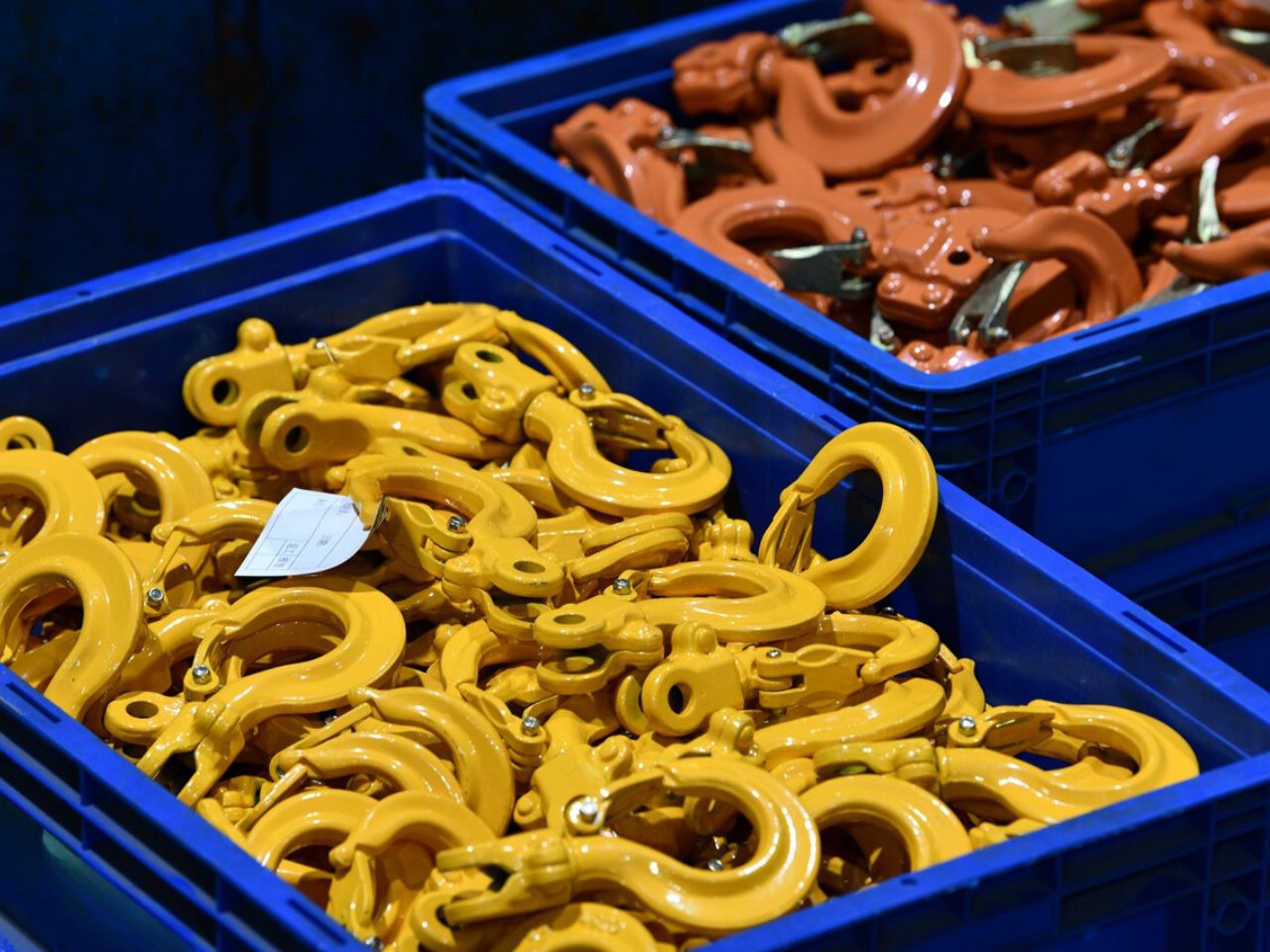Load hooks are an integral part of hand chain blocks and lever hoists, which are manual lifting and material handling devices commonly used in various industries for lifting, lowering, and moving heavy loads. The load hooks are the primary attachment points for securing the load and transferring the lifting force. Below, I'll describe the load hooks typically found on hand chain blocks and lever hoists:
Swivel Load Hook:
- Hand Chain Block: Hand chain blocks often come equipped with a swivel load hook. This hook can rotate 360 degrees, allowing for flexibility in positioning and attaching the hook to the load.
- Lever Hoist: Lever hoists may also have swivel load hooks for versatile attachment options.
Latch or Safety Catch:
- Both hand chain blocks and lever hoists usually feature a latch or safety catch mechanism on the load hook. This safety feature is designed to prevent accidental detachment of the load from the hook. The latch can be manually opened and closed to engage or disengage the load.
Throat Opening:
- The throat opening of the load hook refers to the gap between the hook's tip and the latch when it is closed. It determines the maximum diameter of the load's attachment point or the size of the object that can be accommodated by the hook.
Load Rating or Capacity:
- Load hooks are typically marked with the load rating or capacity, indicating the maximum weight the hook can safely lift. Users must never exceed this specified load limit to maintain safety.
Load Hook Material:
- Load hooks are typically made of high-strength alloy steel, which provides the necessary durability and strength to handle heavy loads. This material choice ensures that the hook can withstand the stresses of lifting without deforming or failing.
Hook Safety Considerations:
- Users should inspect load hooks regularly for signs of wear, damage, or deformation. If any issues are detected, the hook should be replaced to ensure safety.
- Load hooks should be properly engaged with the load to prevent unintentional detachment during lifting.
- Operators should follow safe lifting practices, including checking load ratings, using appropriate rigging accessories, and maintaining a clear area beneath the load.
Remember that the design and features of load hooks can vary slightly between different brands and models of hand chain blocks and lever hoists. Always refer to the manufacturer's instructions and guidelines for the specific equipment you are using to ensure safe and proper operation. Additionally, it is crucial to receive training and certification in the safe operation of these devices before using them in a workplace setting.



